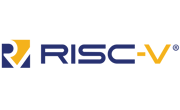Yanru Ren1, Min Zhu1, Dongyu Xu1,2, Minghui Liu1, Xuehui Dai1, Shengao Wang1,
and Longxian Li1
Overview on Radiation Damage Effects and Protection Techniques in Microelectronic Devices
Review Article; Open Access; Volume 2024; Article ID 3616902;
DOI 10.1155/2024/3616902
1 Naval University of Engineering, Wuhan 430033, China
2 PLA Unit 91049, Sanya 572000, ChinaAbstract: With the rapid advancement of information technology, microelectronic devices have found widespread applications in critical sectors such as nuclear power plants, aerospace equipment, and satellites. However, these devices are frequently exposed to diverse radiation environments, presenting significant challenges in mitigating radiation-induced damage. Hence, this review aims to delve into the intricate damage mechanisms of microelectronic devices within various radiation environments and highlight the latest advancements in radiation-hardening techniques. The ultimate goal is to bolster the reliability and stability of these devices under extreme conditions. The review initiates by outlining the spectrum of radiation environments that microelectronic devices may confront, encompassing space radiation, nuclear explosion radiation, laboratory radiation, and process radiation. It also delineates the potential damage types that these environments can inflict upon microelectronic devices. Furthermore, the review elaborates on the underlying mechanisms through which different radiation environments impact the performance of microelectronic devices, which includes a detailed analysis of the characteristics and fundamental mechanisms of damage when microelectronic devices are subjected to total ionizing dose effects and single-event effects. In addition, the review delves into the promising application prospects of several key radiation-hardening techniques for enhancing the radiation tolerance of microelectronic devices.

FIG: The equivalent circuit of the EKV-RAD macromodel
Acknowledgments: The study was funded by Key Construction Projects of Academic Disciplines (430618) Construction Projects of Key Universities and Key Disciplines (430183).


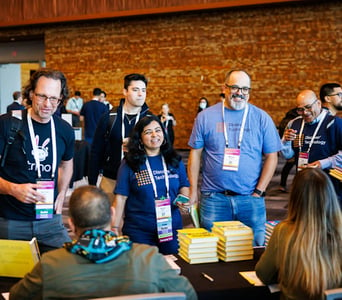

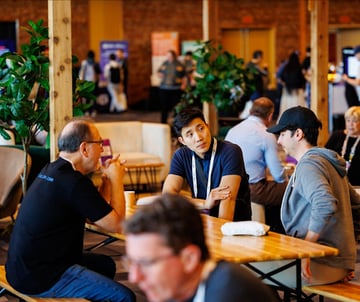



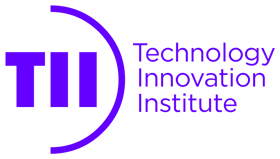














.png?width=200&upscale=true&name=umbraco_logo_blue1%20(1).png)








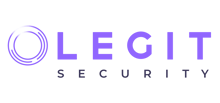


.png?width=220&upscale=true&name=tidelift-horizontal-color%20(1).png)









